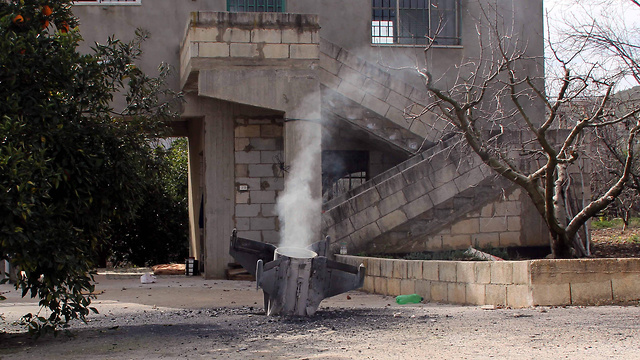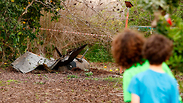
Israel working to prevent a war while upholding its red lines
Analysis: The growing enthusiasm in the Shiite axis over the downing of an Israeli F-16 fighter jet could prompt Syria or Iran to launch wide-scale responses to any Israeli strike in Syria or Lebanon; senior defense officials are making it clear, however, that Israel won’t hesitate to act in full force—even at the cost of an all-out war in the north.
The reactions of official Iranian and Syrian sources, as well as the response issued by Hezbollah, have been carefully analyzed in Jerusalem and in the Kirya Base in Tel Aviv. The conclusion is that the “Shiite axis” got carried away in its enthusiasm, reaching dangerous conclusions from the downing of the Israeli plane.
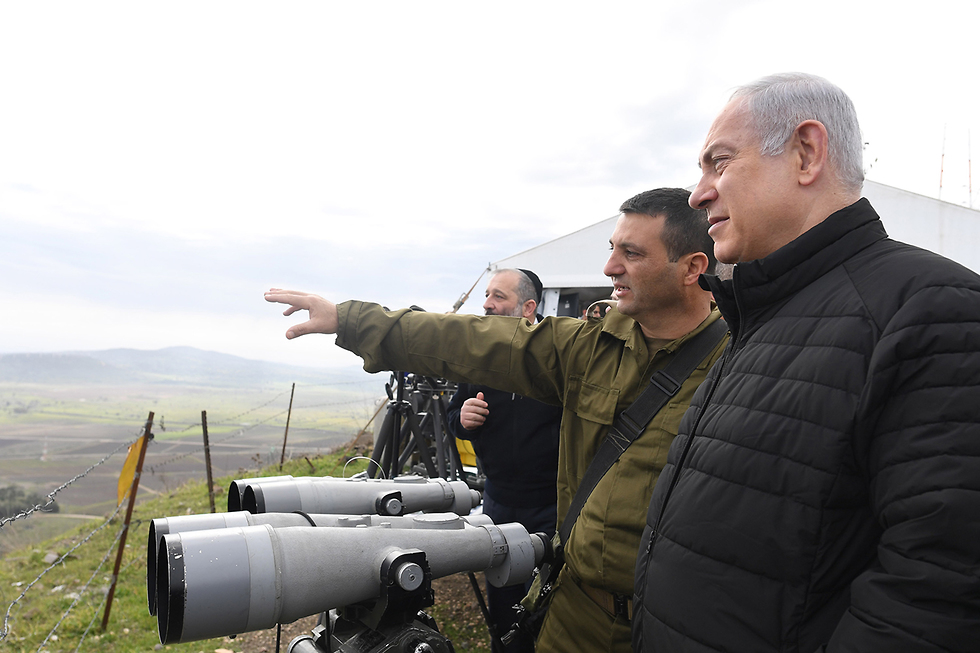
The Iranian foreign ministry spokesman, for example, stated that the plane’s downing would “force Israel to change its aerial conduct.” Hezbollah went as far as declaring that “a new strategic stage” had been created vis-à-vis the Israel Air Force, which would no longer dare operate in Syria and in Lebanon. Similar statements, although more cautious, were made by spokespersons for the regime in Damascus.
This means that Iran, Syria and Hezbollah have reached the conclusion that as a result of the downing of the modern Israeli F-16 fighter jet in Israeli airspace, Israel will hesitate and even completely avoid targeting high-quality weapon shipments from Syria and Iran to Hezbollah in Lebanon, or alternatively, avoid targeting facilities and forces operating on Iran’s behalf, which may put Israel in danger.
The source of these exaggerated assessments is likely the Iranian Revolutionary Guards, whose leaders may be intentionally misleading the Syrian and Iranian regimes, as well as Hezbollah. These evaluations of the situation could prompt Syria or Iran to launch wide-scale responses to any Israeli strike in Syria or in Lebanon, which would lead to war.
So in the past 48 hours, Israeli ministers and IDF generals have been issuing public statements aimed at making it clear to the entire Shiite axis (Iran, Syria and Hezbollah) that Israel has no intention of changing its strategy and that it will target any sign of a military Iranian entrenchment in Syria and shipments of high-quality weapons to Hezbollah and will act against any violation of Israeli sovereignty.
Put simply, Israel has no intention of changing a thing in its strategy and red lines, and if the Syrians, the Iranians or Hezbollah are tempted to try to reenact the downing of the Israeli plane and cause further damage to Israel as a result of one of these strikes, they may fine themselves involved in a major war.
Israel is interested in preventing this war, senior Israeli sources say, but in the event of an erroneous evaluation of the Israeli intentions and abilities by Iran, Syria and Hezbollah, Israel won’t hesitate to act in full force—even at the cost of an all-out war on the northern front.
Demand that Trump get more involved
Another important strategic conclusion at the end of the day of fighting Saturday is that instead of Prime Minister Benjamin Netanyahu's traditional appeal to Russian President Vladimir Putin every time there seems to be an escalation in the north, Israel should turn to US President Donald Trump and demand that he and his administration get more involved in the situation in the Middle East—primarily in Syria and Iraq—and cooperate on diplomatic channels actively and aggressively, to prevent an Iranian entrenchment.
Israel can’t prevent Iran’s entrenchment on its own through military measures or by pleading with the Kremlin. It must enlist Trump and make it clear to him that this effort is a top priority, from an American perspective as well, over any other effort in the Middle East—including the failed attempts to solve the Israeli-Palestinian conflict.
In 2018, the effort must be focused on curbing the Iranian entrenchment in Syria and Lebanon, just like 2017 was the year of the global and American effort to destroy the Islamic State.
This is the main effort being taken by Israel on the diplomatic channels as well—through Russia, the United States and the Europeans. This effort, which began in Netanyahu's conversation with Putin on Saturday evening, echoed in the Russian statements as well. Contrary to what has been reflected in the media, the Russian statements aren’t just focused on condemning Israel, but also contain warnings directed at Iran and Syria.
The second most important Israeli effort is taking place right now in the Air Force headquarters on two different channels. The first is an attempt to thoroughly understand the reasons and ‘environmental conditions’ which led to the downing of the IAF’s F-16I Soufa plane on Saturday. The immediate tactical reason is quite clear: The plane’s pilots were so focused on carrying out their mission and accurately hitting the Iranian UAV’s control trailer, that they failed to notice or ignored the missiles fired at them.
“Excessive motivation” is a familiar phenomenon among good fighters in the air, on the ground and in the sea, and it points to determination, courage and adherence to the mission. Sometimes, however, like every overdose, it may lead to negative results.
It’s also possible, however, that the plane was shot down for reasons unrelated to the human factor. For example, a failure in the plane’s warning systems against a “radar lock-on.” Alternatively, the operational “cover” provided by the IAF for the strike through electronic disruption means, warning, etc., may have been insufficient.
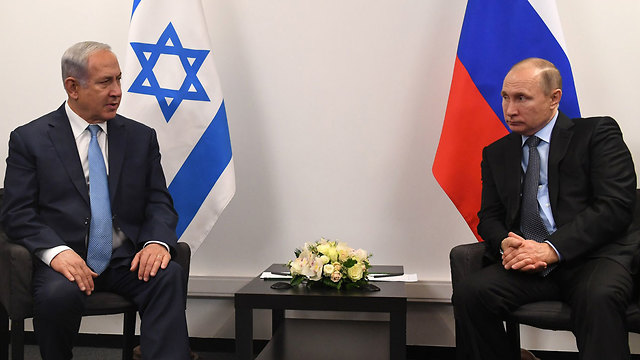
We can also assume that the flight profile and the attack on the Iranian UAV’s control trailer from Israel’s airspace were the result of a Russian constraint. As we know, the Russians have sophisticated aerial defense systems—including modern S-400 missiles with improved radars—in Syria.
Furthermore, in the many meetings between Putin and Netanyahu, Israel likely gave Russia a quiet promise that it would make every effort to avoid violating Syria's sovereignty, which embarrasses Syrian President Bashar Assad and makes him run to the Russians time and again and demand that they protect him from Israel.
Operating from Israel’s airspace holds an advantage too, as it minimizes the possibility of an aerial collision between Israeli and Russian planes, and it is also needed to prevent the Syrians from receiving an early warning about Israeli planes entering their airspace.
Syria's air defense seriously damaged
All these aspects of coordination between Russia and Israel have caused the Israel Air Force, since the Russians began their military intervention in Syria in September 2015, to prefer remote action against Syrian targets. This Israeli pattern of action has been detected by the Iranians and Syrians and has possibly led the Revolutionary Guards, the Syrian army and Hezbollah to estimate that Israel will now have to limit itself even more and mainly avoid striking in Syria altogether.
The Syrians and Iranians may pay a heavy price for this erroneous estimate the next time Israel operates in Syria.
On Saturday, by the way, Israel didn’t just attack Iranian targets, but also five Syrian surface-to-air missile batteries and two long-range SA5 antiaircraft missile batteries. The missile that hit the Israeli fighter jet was fired from one of these batteries.
Israel also attacked two SA17 mobile but short-range batteries and one SA2 battery—high-altitude but outdated missiles like the ones that shot down an American spy plane in Soviet airspace in the 1960s. The pilot, Francis Gary Powers parachuted and was captured by the Russians. The Americans had estimated at the time that the Russians had no weapon capable of intercepting a plane at such a high altitude.
Three of these five missile batteries were completely destroyed, significantly harming Syria’s air defense abilities. Syria has one of the largest and most powerful antiaircraft missile arsenals in the world. This arsenal wasn’t damaged in the civil war, but on Saturday it was hit like it has not been hit since the 1983 war. The Air Force likely avoided completely destroying the SA5 and Syrian antiaircraft arsenal to prevent the Syrians from reaching the conclusion that they have nothing to lose and opening fire at the Golan Heights communities, for example.
IDF mustn’t put all its eggs in one basket
The day of aerial fighting requires the Israel Air Force to draw a long-term strategic conclusion: Should it purchase another squadron of modern F-35 stealth aircraft or buy two additional modern F-15 squadrons, which have a slightly higher carrying capacity than the F-35?
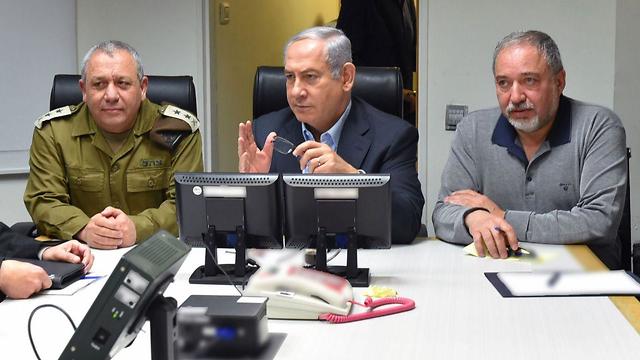
The F-15 is also cheaper than the F-35, but in the circumstances created on the northern front with the Russians’ involvement and their antiaircraft weapon systems, the IAF must decides whether it prefers the short-time higher attack capacities provided by the F-15, or the stealthiness and security provided by the F-35 to the plane, the pilots and the mission. In my opinion, the IAF should favor the F-35 over the outdated F-15.
Another conclusion is that Israel must quickly develop accurate long-range firing abilities from the ground and from the sea against deep targets on the other side, rather than exclusively rely on the Air Force. We must not put all our eggs in one basket, even if this basket has unprecedented human and technological abilities like the Israel Air Force.
Long-range precision-guided surface-to-surface missiles have been developed by the Israeli military industry—for example, the LORA missile—and there are also “roaming” weapons capable of generating extremely accurate hits even both on moving targets and at very long ranges. The IDF must consider arming itself with more of these measures, as well as weapons operated from Navy ships, although the General Staff tends to rely mainly on the Air Force’s abilities.











